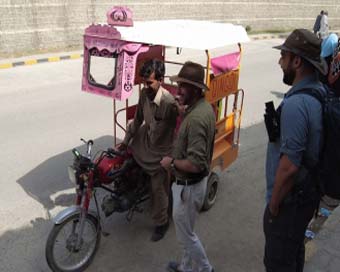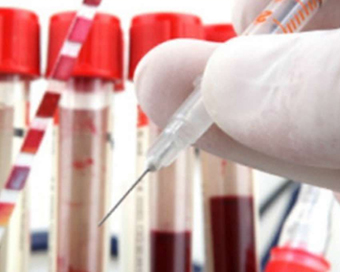Gallery
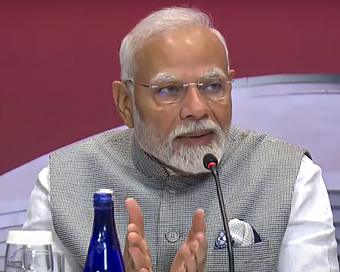 PM Modi visit USA
PM Modi visit USA Only the mirror in my washroom and phone gallery see the crazy me : Sara Khan
Only the mirror in my washroom and phone gallery see the crazy me : Sara Khan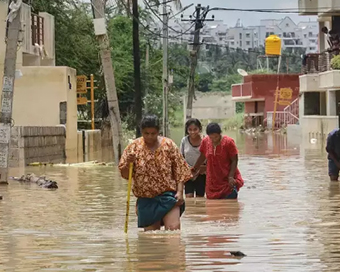 Karnataka rain fury: Photos of flooded streets, uprooted trees
Karnataka rain fury: Photos of flooded streets, uprooted trees Cannes 2022: Deepika Padukone stuns at the French Riviera in Sabyasachi outfit
Cannes 2022: Deepika Padukone stuns at the French Riviera in Sabyasachi outfit Ranbir Kapoor And Alia Bhatt's Wedding Pics - Sealed With A Kiss
Ranbir Kapoor And Alia Bhatt's Wedding Pics - Sealed With A Kiss Oscars 2022: Every Academy Award Winner
Oscars 2022: Every Academy Award Winner Shane Warne (1969-2022): Australian cricket legend's life in pictures
Shane Warne (1969-2022): Australian cricket legend's life in pictures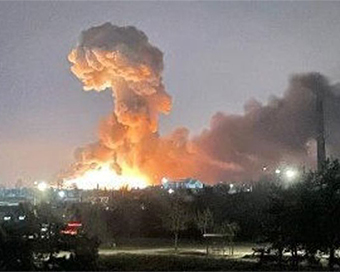 Photos: What Russia's invasion of Ukraine looks like on the ground
Photos: What Russia's invasion of Ukraine looks like on the ground Lata Mangeshkar (1929-2022): A pictorial tribute to the 'Nightingale of India'
Lata Mangeshkar (1929-2022): A pictorial tribute to the 'Nightingale of India' PM Modi unveils 216-feet tall Statue of Equality in Hyderabad (PHOTOS)
PM Modi unveils 216-feet tall Statue of Equality in Hyderabad (PHOTOS)The Badminton Association of India (BAI) has announced a 14-member-strong India squad for
- Men’s Sr Hockey Nationals to be played in division-based format from April 4
- Mensik denies Djokovic 100th title in Miami final
- KIPG: Son of a vegetable vendor, Bihar’s Jhandu Kumar eyes Worlds, 2028 Paralympics
- Hardik Singh credits hard work and team unity for receiving HI Midfielder of the Year award
- Djokovic, Alcaraz land in same half of Miami draw
Scientists to study lunar rocket crash on March 4 Last Updated : 03 Mar 2022 03:55:18 PM IST 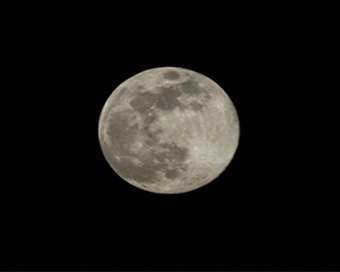
A team of scientists are preparing to study a wayward rocket stage that is poised to hit the moon on Friday.
The rocket stage is on track to slam into Hertzsprung Crater on the far side of the Moon on Friday at 7:25 a.m. EST (1225 GMT).The Goldstone Solar System Radar near Barstow, California, is reportedly set to observe the object, Space.com reported.Similarly, NASA's Lunar Reconnaissance Orbiter (LRO) will look for changes in the Moon's exosphere - a very thin layer of gases - due to the crash and then later scan the lunar surface for the impact crater itself.The doomed space debris was first reported by Bill Gray, an astronomer running Project Pluto. In his blogpost, Gray first claimed that the debris is from billionaire Elon Musk owned SpaceX rocket.But later Gray predicted that the object is a leftover piece of a Chinese rocket, specifically a Long March 3C that launched China's Chang'e 5-T1 mission to the Moon.But China's Ministry of Foreign Affairs rejected the claim, Space News reported.The March 4 crash will be broadly similar to impacts that occurred during NASA's Apollo programme, when the third stages of huge Saturn V rockets were intentionally steered into the moon.In both cases, the moon-smacking projectile is more or less a tin can, explained Jeffrey Plescia, a planetary scientist at the Johns Hopkins University's Applied Physics Laboratory in Maryland."The result is that a lot of the energy goes into crushing the projectile rather than excavating the crater," Plescia was quoted as saying to Inside Outer Space.The Saturn V third stages created craters that are shallower than natural craters and sport an asymmetric shape, related for the most part to the low impact angle, Plescia added.Plescia noted that crater depth and other characteristics of the impact event will be more reliably measured for the March 4 crash, as pre-impact images have already been taken by LRO's powerful camera system."The only uncertainty at the moment is the orientation of the booster with respect to the trajectory. It is spinning, but whether it is just turning in rotisserie mode or tumbling is not clear," Plescia said. "I would hope the Chinese actually know this and would be forthcoming."IANS Washington For Latest Updates Please-
Join us on
Follow us on








172.31.16.186


